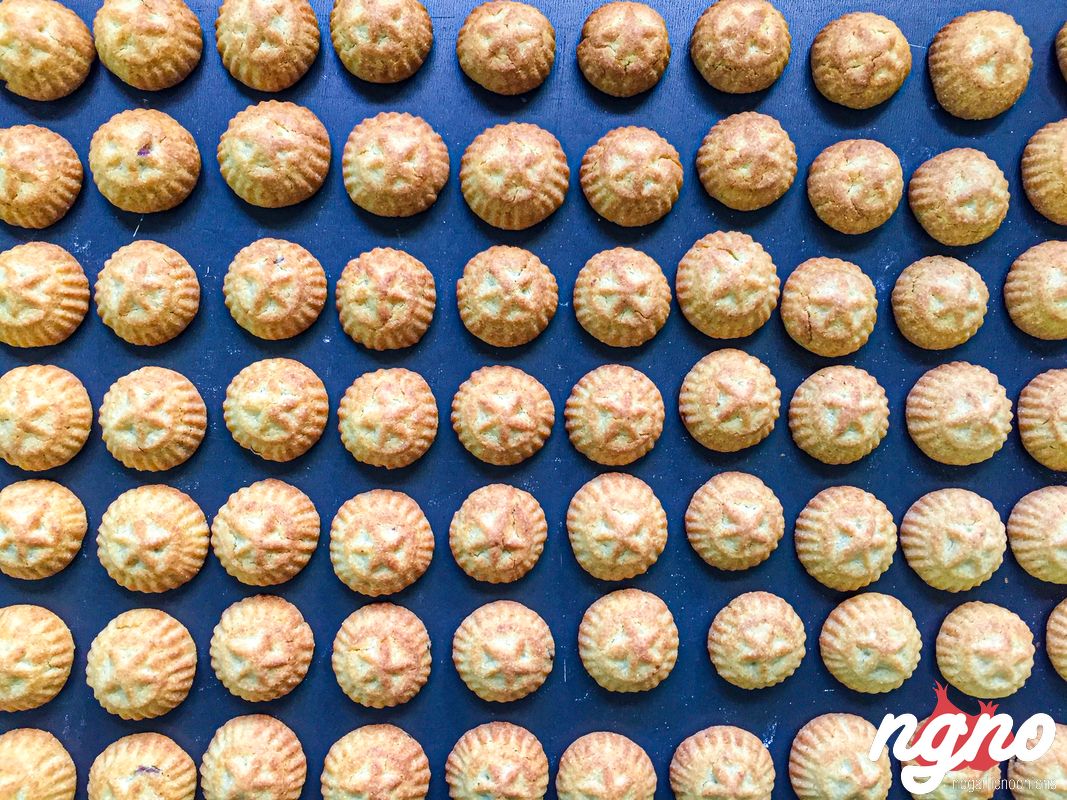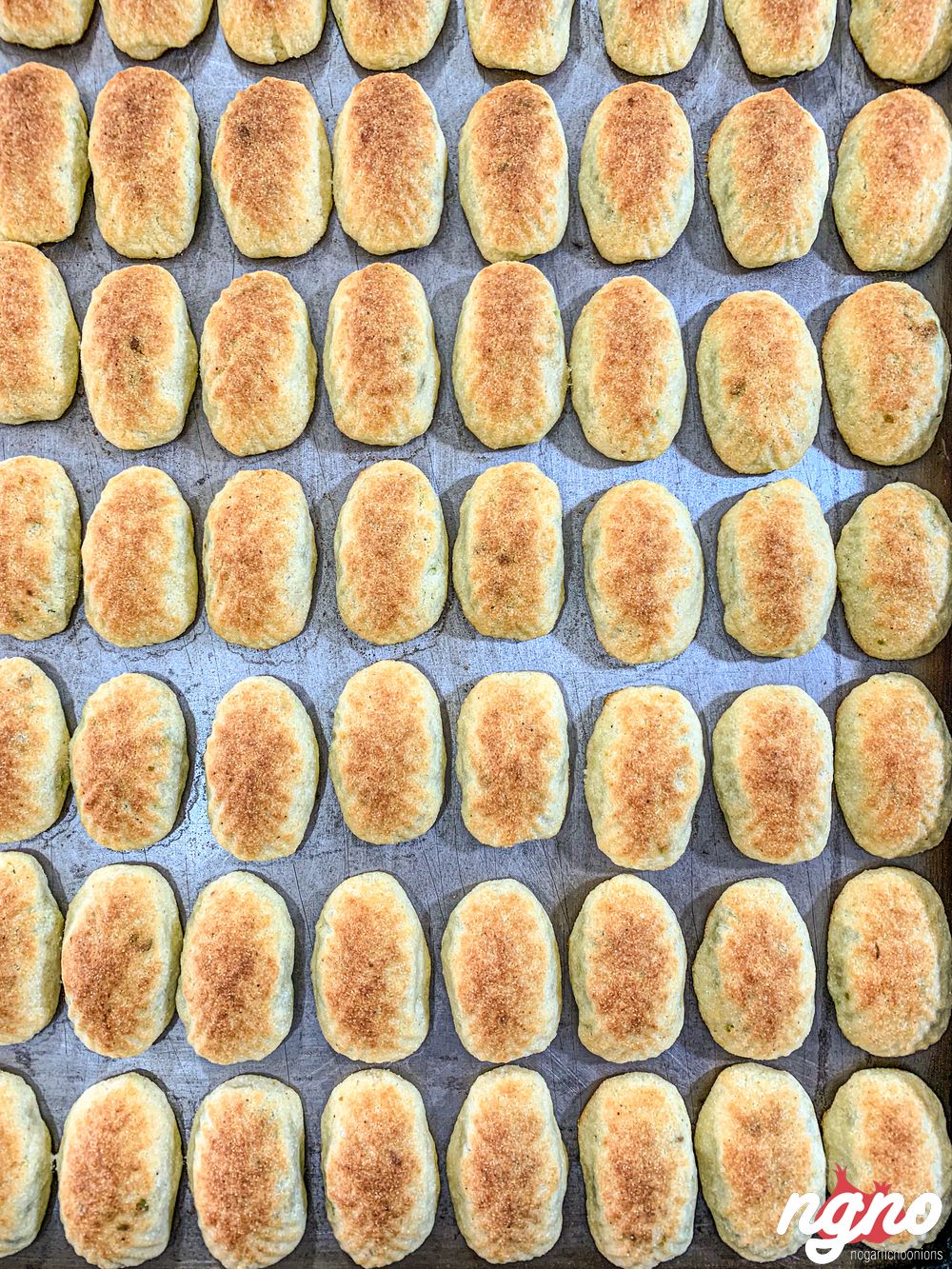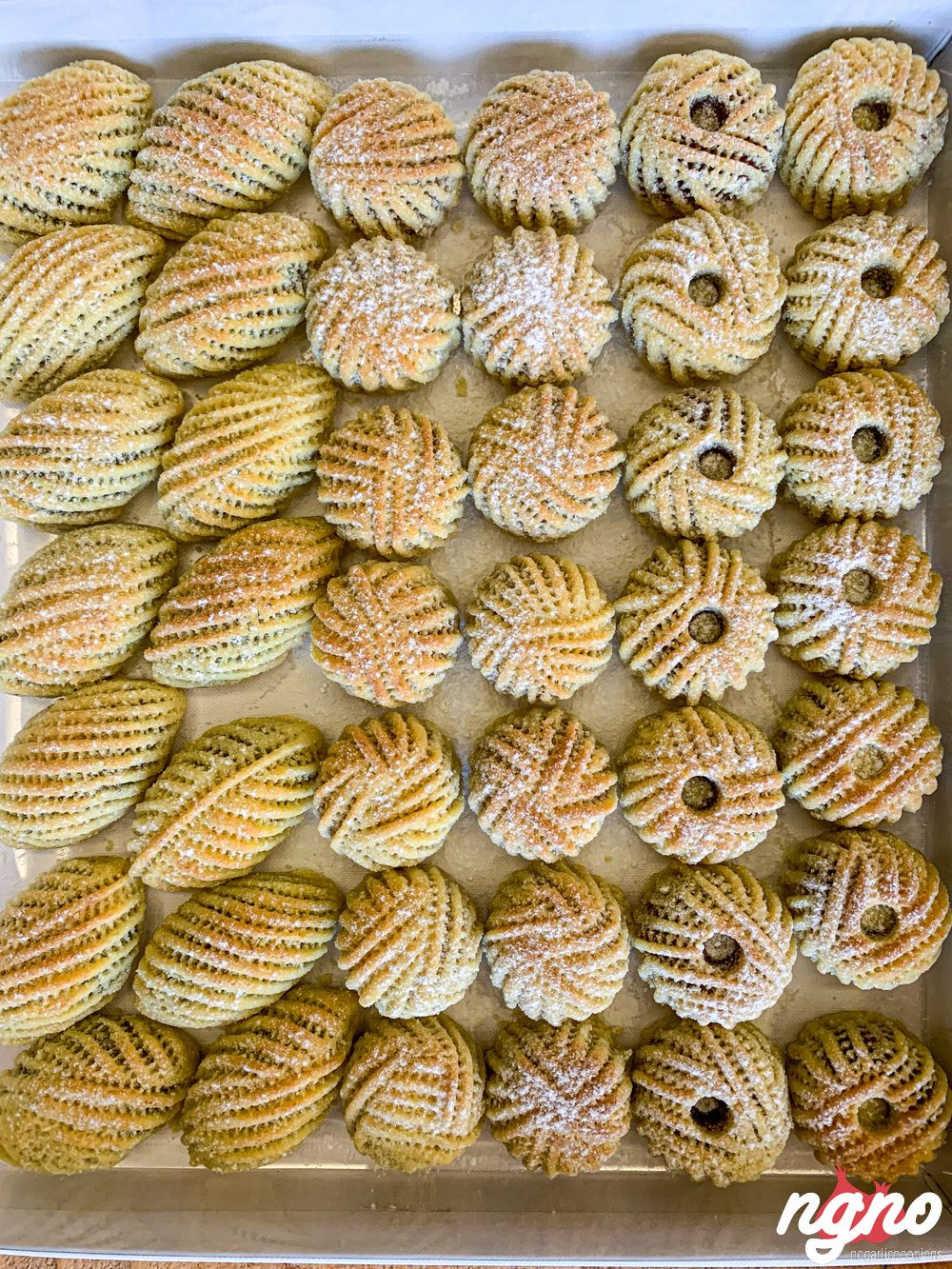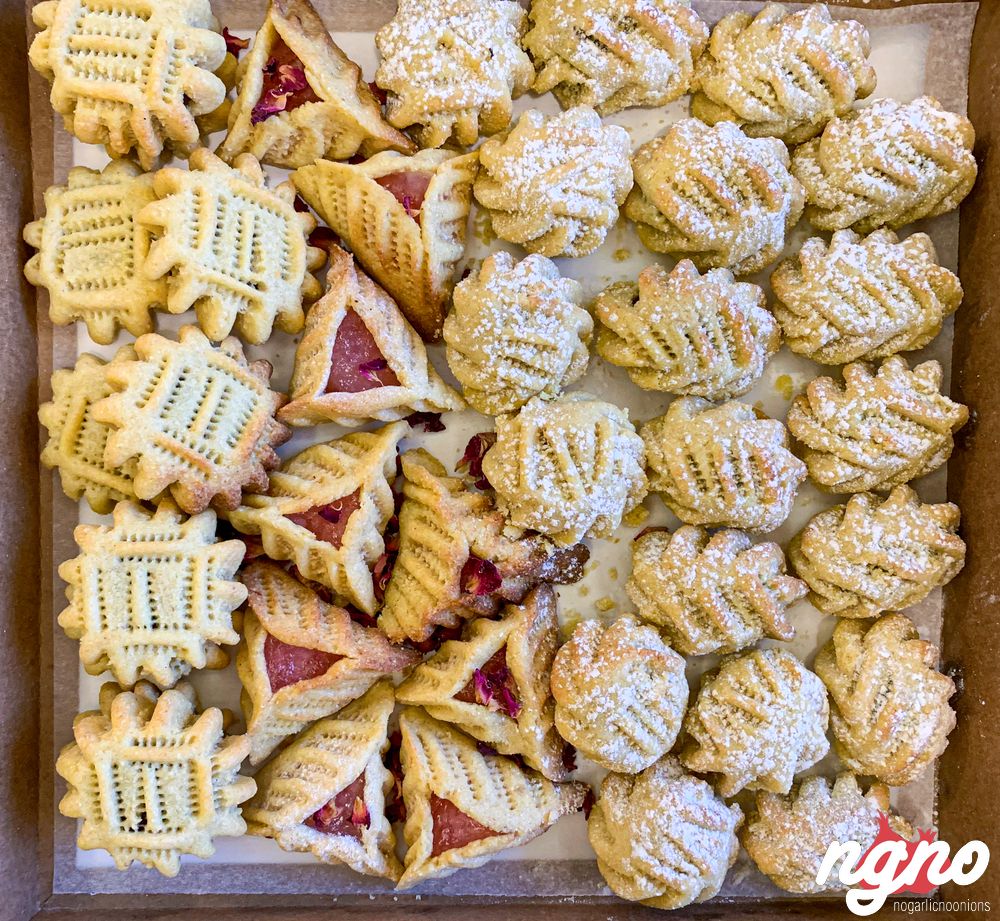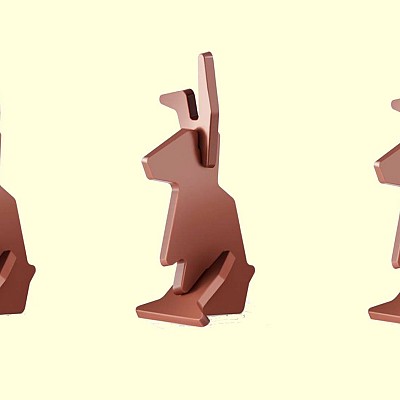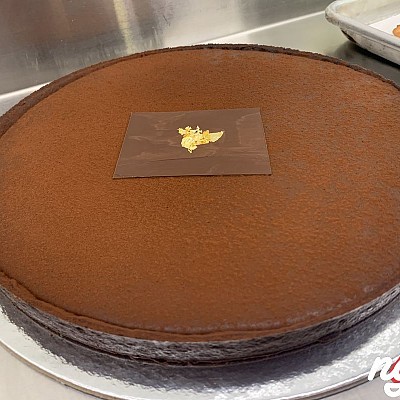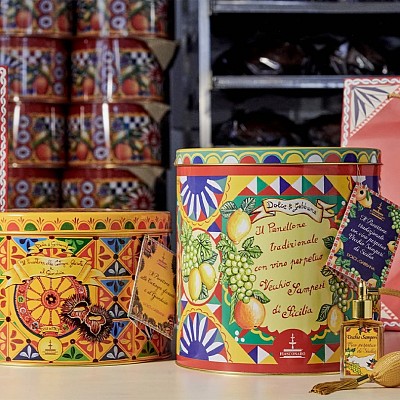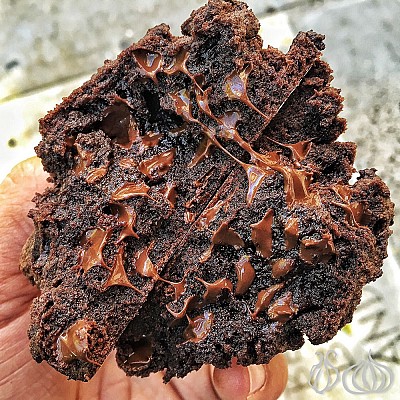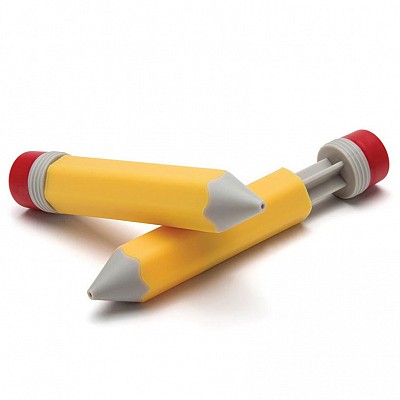It’s the season of “Maa3mouleté Atyab Maa3moul” or “my mum’s ma’amoul are better than your mum’s”. Every housewife, cook or pastry shop pretends to bake the best holiday cookies, putting all her effort and pouring in all the love she has. Made with passion, dedication, and attention, the tradition of “Maamoul” is long awaiting for 365 days. It’s an honor to hear someone say: “bravo, Your Maamouls are the best”.
“Maamoul”, cookies or biscuits are an important thing in our middle eastern traditions. Famous middle eastern shortbread pastries filled with dates, pistachio, almonds or walnuts; lately chefs are getting more creative filling them with chocolate and jams. They are traditional at religious holidays in the Levantine region. Made by hand or using special wooden molds to create different shapes – round like a ball, crescent form, shaped as a dome or flattened as a disc.
The Arabic word Ma'amoul (Arabic: معمول) is derived from the Arabic verb Arabic: 'amala, meaning to “to do”. In regions of the Middle East, a shortbread cookie known as maamoul is a buttery treat after months of fasting for holidays of Ramadan or Lent. Muslims will eat maamoul at night during Ramadan, while Arab Christians will consume them in the days before Lent and on Easter Sunday.
Lebanese cuisine, a very rich and varied cuisine, has the distinction of often featuring recipes that are simple to make yet full of flavor. However, the maamoul recipe is not the easiest. The ingredients and preparation may be elementary, but shaping a maamoul is definitely an art.
Be it Easter or Eid, holidays in the Levantine region of the Middle East are incomplete without a shortbread cookie called maamoul. Stuffed with date paste or chopped walnuts or pistachios, and dusted with powdered sugar, these buttery cookies are the perfect reward after a month of fasting during Ramadan or Lent.
The dough is made with wheat flour or semolina (or a combination of the two), then pressed into special molds, traditionally carved in wood. And the fillings are fragrant with rosewater or orange blossom. Semolina (“smeed”) which is the coarse, purified wheat middling of durum wheat. Coarse semolina is typically a bit yellowish in color and is known as “smeed khishin”, or coarse “smeed”. Fine semolina is another ingredient in Maamoul and can be known as “farina”, or in Arabic “smeed naaim”.
Maamoul with walnuts (52g) = 260 calories, Maamoul with dates (52g) = 245 calories. Enjoy in moderation and stick to one maamoul a day! Happy Easter!
.
#shareyourmaamoul
.
#mamoul #maamoul #ma3moul #semolinacookies #eastercookies #eastertreats #pistachiomaamoul #almondmaamoul #walnutmaamoul #homemademaamoul #homebakedmaamoul #easterholidays #eastersweets #easter2020 #sweets #eastersweets #middleeasternfood #middleeasternsweets #lebanesesweets #datesmaamoul #biscuits #sugarrush #desserts #mondaymorning #stayhomestaysafe #quarantine #sharingjoy #sharinghappiness #lebanon


















